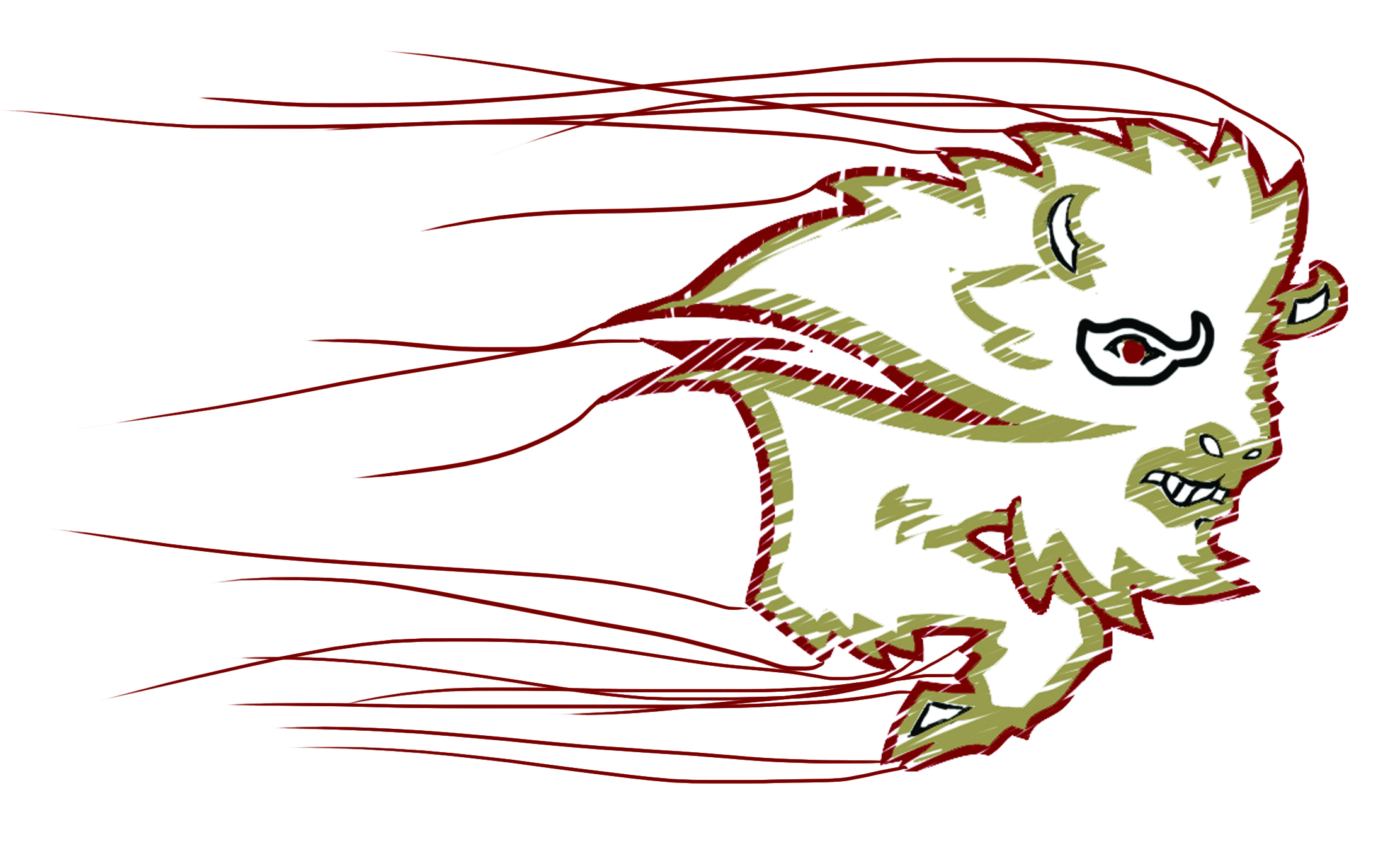I can’t see it but I know it’s out there.
I know it’s out there because I can hear it from far away, both beckoning to me and haunting me. It’s the dull, aching noise of a thousand bees swarming around a lighthouse with a malfunctioning foghorn. I’ve come to know it as the one true defining characteristic of the 2010 World Cup, the one element that makes it something unique and all its own. It’s like a Pavlovian response that’s triggered by the repetition of the same recognizable stimuli. I can’t tell you exactly where but I can tell you with absolute certainty that somewhere out there a World Cup game is being broadcast. I know because I can hear the buzzing of the vuvuzelas.
I’ve seen them before, at least similar incarnations of them — long, narrow plastic apparatuses that extend from the mouth like comically overblown funnels. They can’t be worth more than a few dollars yet somehow these cheap horns have become, by far, the most prevalent story to emerge from this year’s World Cup.
Yes, you can still hear chorus’ of cheers every time a favoured team scores a goal and boos every time an unpopular foul is called but they are always overpowered, at times almost muted by the incessant buzzing of the vuvuzelas. For the viewing audience, the noise is an irritation but for live audiences it’s not just dull and aching but piercing to the point of drowning out all other senses.
The vuvuzelas have actually been associated with permanent hearing loss and targeted as a public danger for their potential to drown out stadium evacuation alarms. French captain Patrice Evra went so far as to blame the noise of the vuvuzelas for France’s poor performance in their opening game against Uruguay.
“We can’t sleep at night because of the vuvuzelas,” Evra said. “People start playing them [at] 6 a.m. We can’t hear one another out on the pitch because of them.”
Early this month, the BBC reported that South African organizing chief, Danny Jordaan, had even at one point considered banning the vuvuzela from all World Cup matches. All indications of banishing the horn, however, appeared to be premature, at least in South Africa. FIFA president Sepp Blatter publicly stated that as far as the buzzing noise goes, the vuvuzelas are just part of the South African football experience.
“I have always said that Africa has a different rhythm, a different sound,” Blatter stated via Twitter. “I don’t see banning the music traditions of fans in their own country. Would you want to see a ban on the fan traditions in your country?”
In a way, Blatter is absolutely right. It would paint a fairly unflattering picture if FIFA were to come to South Africa, a country that has moved mountains to prepare for the World Cup, and dictated exactly how people can and cannot celebrate. Certainly it would prove difficult to bar the vuvuzela in any significant way during the 2010 World Cup but sports promoters the world over have already taken cue from South Africa and are starting to take pre-emptive stances on the controversial horns.
Officials at Wimbledon and Yankee Stadium have already banned the use of vuvuzelas during events. Recently MSP Margo MacDonald called for the banning of the infamous horn from all Scottish football grounds and many English politicians are not far behind MacDonald in their efforts to eliminate the supposed vuvuzela problem before it begins.
What’s perhaps most interesting about the vuvuzela, however, is that despite the swell of negative press they’ve garnered, they undoubtedly have a sizable fan base. Since the World Cup began in June, vuvuzela sales have skyrocketed, not only in South Africa but elsewhere across the world, far exceeding any sales projections prior to the tournament.
Regardless of their respective size the vuvuzela seems to have two separate camps — either you love and accept them or you hate them with a fiery passion. Admittedly, they can make watching these recent soccer games somewhat of a chore but at the same time it’s charming to have something unique about the South African World Cup experience.
I still can’t quite figure it out myself. Every time I think I’ve made peace with the sound of these plastic horns, they begin to seep back into my subconscious. The dull ache follows you well after the last game and into the next. And just when you thought it was over, that the noise had subsided and all was right with the universe, the sharp hum returns.
At least until July 11, it will prove challenging to completely avoid the haunting buzz of the vuvuzelas.




